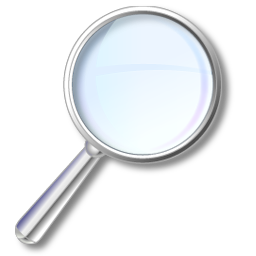Part I:
-- Our Teeth and What We Drink Module #9
-- Apryl Casetter, Taylor Freeman, and Heather Sarles
-- As a group, you test 4 different liquids (tea, soda, tap water, and cranberry juice) and find the pH of each of each of the substances with a sensor device and computer program. After testing the pH there are question for further investigation.
-- As a group, we tested the 4 different liquids (tea, soda, tap water, and cranberry juice) and found the pH of each of the substances using a sensor tool and computer program. After that we took pictures of each of the results from the pH computer program for evidence. After we did online research to answer further investigation questions based off the experiment we had just performed.
Part II:
-- Further Investigation Questions:
Our first question was, "What is pH in laymen's terms? We answered as a group, "pH is a system of measurement in order to find the acidity of a substance. The scale for acidity ranges from 0 to 14. The lower the number the more acidic a solution is. The higher the number, the more basic a solution is. The number 7 is neutral, so anything over 7 would be considered basic, and anything below 7 would be considered acidic". The second question that we were asked was "What are the typical rangers in pH that are ideal/healthy for the human tooth"? We then answered "Tooth material loss can begin with drinks that have a pH level of 5.5 or lower. The lower the pH level, the less acidic the beverage is". The third questions that we were asked was "How do more acidic or basic substances/beverages affect teeth"? We answered "Acidic beverages/substances dissolve the calcium out of the teeth enamel in a process called demineralization leaving a breeding ground for bacteria. Once bacteria settles in the tooth cavities begin to form". Our fourth question was "Why would this matter and how would knowin about the pH levels of what we drink affect the health of our teeth"? We then answered "Since pH disintegrates your enamel, it is important to know what you drink and the area of pH of the drink. This will let you know how it effects your teeth. Constantly drinking a very acidic drink like soda or cranberry juice would deteriorate your teeth over a period of time even with proper care. There is a reason why dentists might ask if you constantly drink something really acidic like soda, because it shows up on the teeth and ruins the health of them. Drinking something really acidic is okay, just make sure you take care of your teeth, and drink it in moderation". Our last and final question that was asked was "What do the graphs tell us about what each of these beverages would do tot our teeth if we drank each about 1-2 times a day"? We concluded with a group that, "Soda would be the worst for your teeth because of how acidic it is. When we tested the pH we saw that it was about 2.43, which on the pH scale is very low. Cranberry juice was almost as acidic with a pH of 2.97. So, cranberry juice is almost as bad for your teeth as soda because of its low acidity. Tea is the next acidic with a pH of 4.98 which is still not good for your teeth but definitely better than the soda or juice. Last is tap water, which has a ph of about 6.36. On the pH scale a 7 is in between a base and an acid, so, the tap would not be as bad for your teeth because it is almost a base".




















